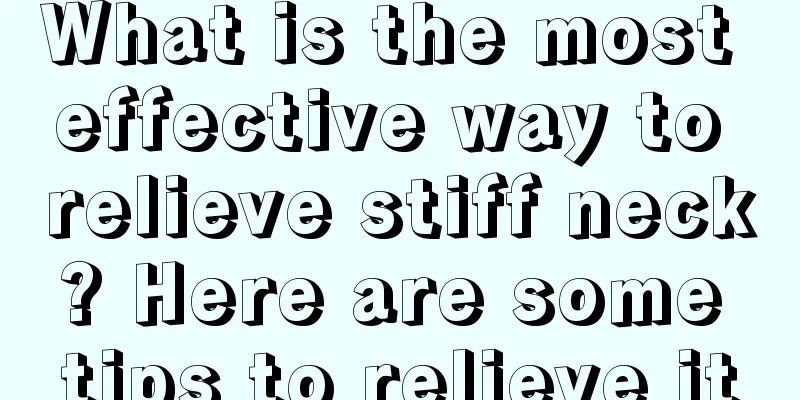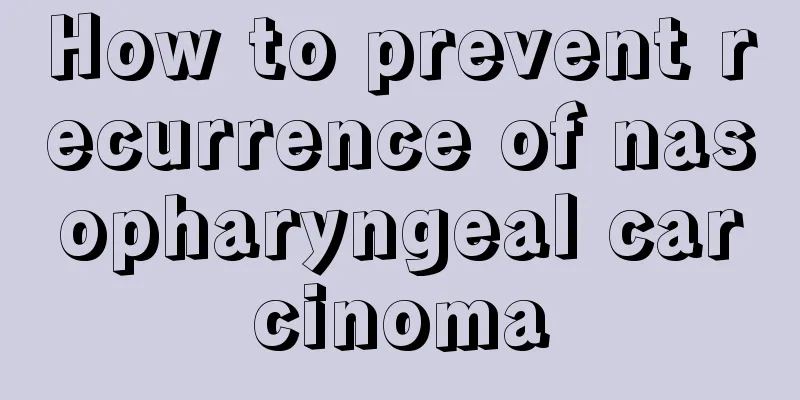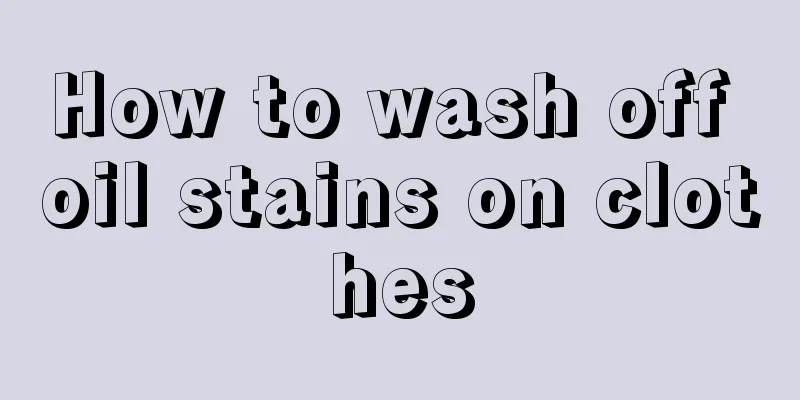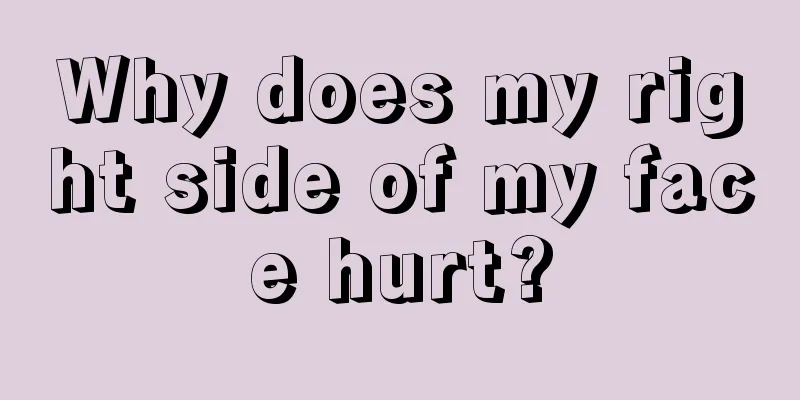The concept of digestion and absorption
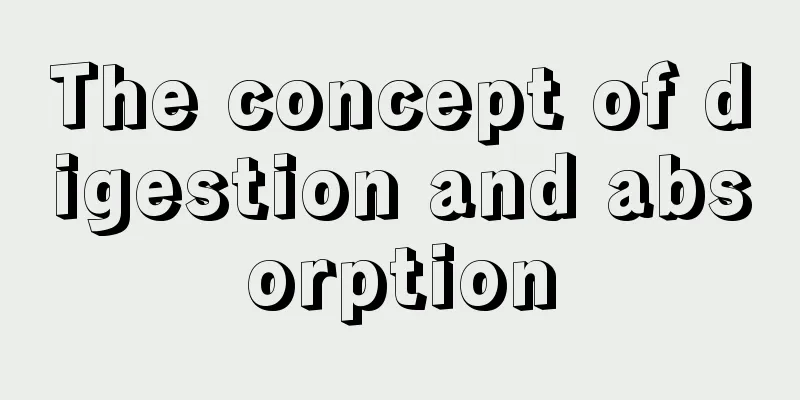
|
We are constantly performing digestion and absorption in our daily lives. Our body can only work normally if it can’t do without digestion and absorption. But do you have an understanding of the specific concepts of digestion and absorption? Only when our body can digest and absorb normally can we carry out our daily work normally. Let’s take a look at the specific concepts of digestion and absorption. Digestion is the process by which the body breaks down large, molecularly complex foods into absorbable, small-molecule chemicals with simple molecular structures through the movement of the digestive tract and the enzymatic hydrolysis of digestive gland secretions. Among them, the process of turning food from large pieces into small pieces through mechanical action is called mechanical digestion, and the process of turning large molecules into small molecules through the action of digestive enzymes is called chemical digestion. Digestion helps nutrients pass through the epithelial cells of the digestive tract mucosa into the blood and lymph - absorption, thereby providing energy for the body's life activities. The digestion process includes mechanical digestion and chemical digestion. The former refers to the grinding of large pieces of food through the contraction and relaxation of the muscles of the digestive tract wall (such as chewing in the mouth, peristalsis of the stomach and intestines, etc.); the latter refers to the hydrolysis of foods with complex molecular structures into nutrients with simple molecular structures by various digestive enzymes, such as the hydrolysis of proteins into amino acids, fats into fatty acids and glycerol, and polysaccharides into glucose. Absorption is the process by which the body takes in nutrients from the environment into the body. Single-celled animals absorb nutrients directly from their living environment; in the digestive tract of multicellular animals, the process by which the digestive products of various foods and substances such as water and salt enter the blood and lymph through the epithelial cells of the digestive tract, as well as the process by which substances in the renal tubules of vertebrates are re-transported into the blood, are all considered absorption. There are many ways of absorption, but they are all for supplying the body with nutrients and maintaining a constant internal environment. The absorption mechanism of both single-celled organisms and higher animals is that the process of nutrient absorption is that the molecules of the substance pass through the cell membrane to enter the cell, or then pass through the other side of the cell membrane to leave the cell and enter the tissue fluid or blood. As organisms evolve, special absorption mechanisms specific to different substances become more important. Taking the small intestinal absorption of mammals as an example, the general mechanism of absorption is explained. Simple diffusion is a purely physical phenomenon in which molecules of a substance move from an area of high concentration to an area of low concentration. The cell membrane is a lipid membrane between the intracellular fluid and the extracellular fluid. Therefore, only molecules that can dissolve in lipids can diffuse from the high-concentration side of the membrane to the low-concentration side (also called diffusion). The diffusion flux of a substance is determined not only by the concentration gradient of the substance on both sides of the membrane, but also by the resistance or difficulty of the membrane to the passage of the substance, the latter of which is called permeability. The absorption process of simple diffusion does not consume energy, and the molecules of the substance move according to the concentration gradient or potential gradient. Simple diffusion through the intestinal epithelium is affected by the size of the molecule and other physicochemical factors, such as charge and lipid solubility. Diffusion alone is not an important mode of nutrient absorption in the small intestine. We have introduced some concepts of digestion and absorption in detail above. We hope that it will be helpful for you to understand this knowledge. You should also learn more about how to better absorb and digest our daily food. |
<<: Methods for treating fat granules
>>: What are the best ways to remove moles?
Recommend
The efficacy and function of moxibustion stone
Moxibustion stone is a magnetic stone made of pur...
What are the pathological classifications of nasopharyngeal carcinoma
Nasopharyngeal carcinoma is a type of cancer with...
What medicine do patients with pituitary tumors take
Although pituitary tumors are benign tumors of th...
What are the tips for unclogging a blocked squat toilet?
In life, we often encounter some small problems i...
Can fumigated vinegar kill bacteria?
In life, many people often sterilize their famili...
How to deal with throat blisters?
Throat blistering is a common symptom, which refl...
How to make yogurt in an electric stew pot?
Yogurt is a very popular food among people. Compa...
Is white noise useful for baby sleep
If a baby starts crying and being restless, paren...
What are the symptoms of late-stage lymphoma and how to provide care?
The more advanced the lymphoma is, the more psych...
Common diseases and prevention in winter
As we all know, when winter comes, the temperatur...
Cellular Nutrition Therapy
The human body itself is actually an aggregate of...
What measures should be taken to prevent the occurrence of pancreatic cancer?
Pancreatic cancer is a very common disease, and p...
What are the benefits of wearing jade to the body
Jade is a natural gemstone produced in nature. Th...
Several ways to improve human immunity
I believe everyone knows the importance of immuni...
What does durian conflict with
We know that durian is a nutritious fruit, which ...

